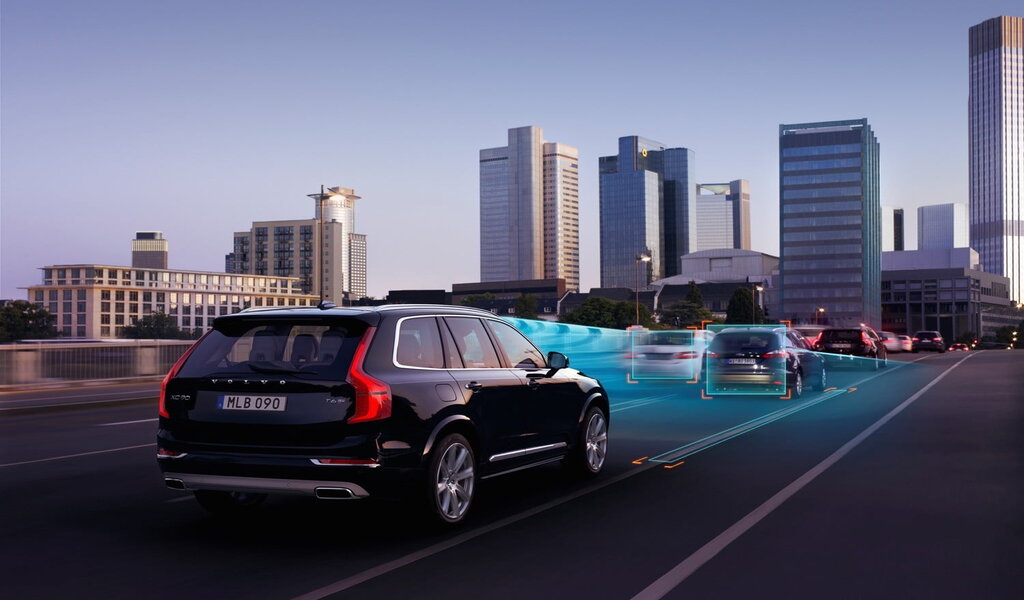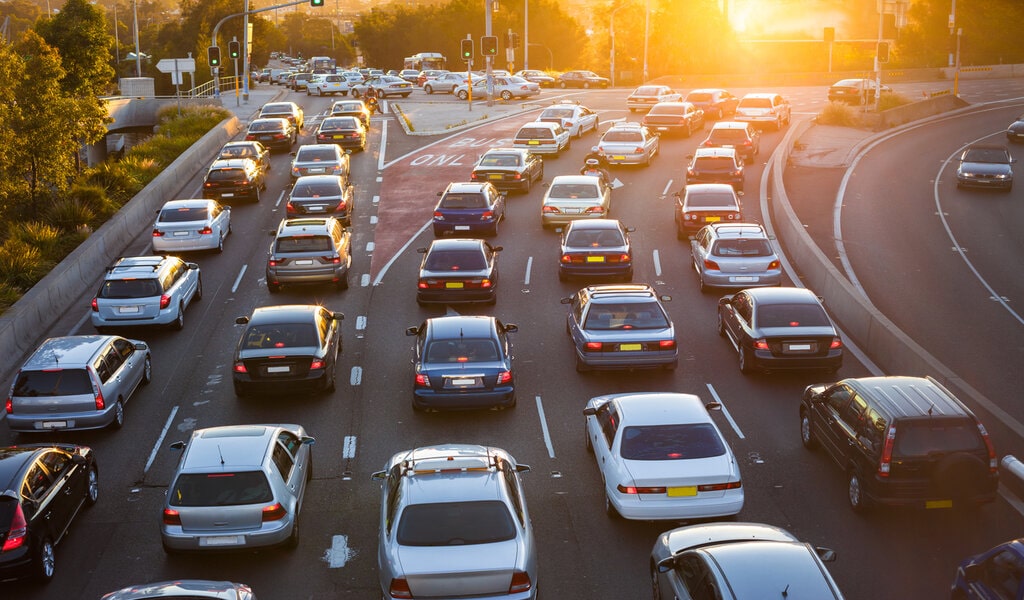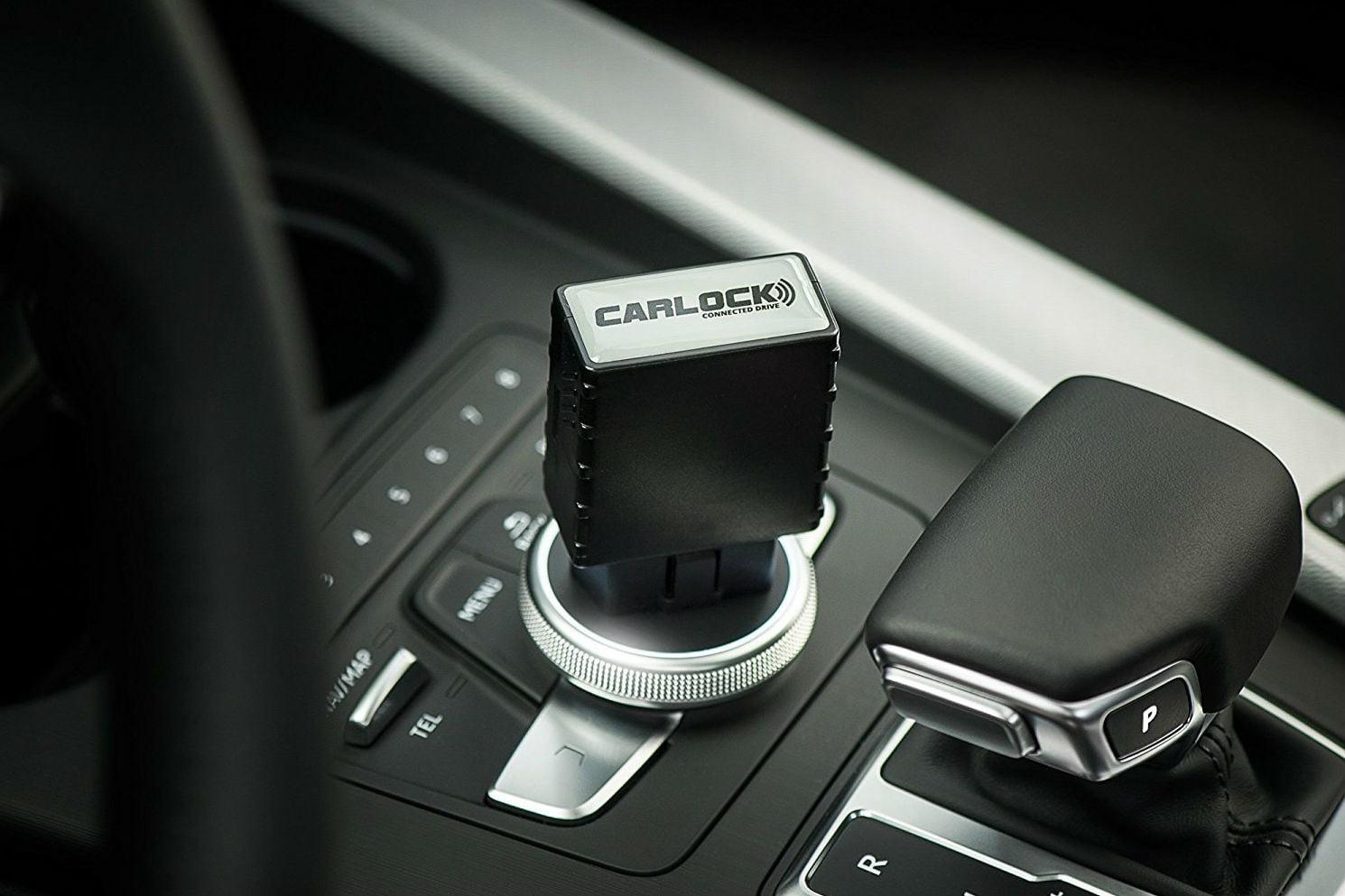When You Should & Shouldn’t Use Cruise Control While Driving
Cruise control has long been a popular feature in many vehicles. While it’s somewhat helpful for long trips, it also tempts drivers to sacrifice safety for convenience. However, drivers may have difficulty knowing when it’s safe to use cruise control features on the road. Here’s an overview of what cruise control does and when it’s better to drive manually.
What Is the Difference Between Conventional Cruise Control and Adaptive Cruise Control?
Conventional cruise control is a relatively older form of automatic acceleration that maintains a speed set by the driver. In other words, it doesn’t adapt to surrounding conditions and stays constant until shut off. For example, if you have cruise control set to 60 mph, the vehicle maintains that speed until you manually brake, accelerate, or turn off cruise control.
In contrast, adaptive cruise control (ACC) is a newer form of automatic acceleration that uses radars or sensors to adjust speed. This means that if a car in front of you slows down, the ACC matches their speed. Once the car moves out of the way, ACC returns to the speed you set. The one thing ACC has in common with conventional cruise control is that it stops once you manually alter speed or turn it off.
Can You Break in an Emergency?
Yes, manually braking while using cruise control slows down the vehicle. However, it also shuts off the cruise control settings. If you want to leave cruise control settings on, you may alternatively lower your cruising speed. This may be a button on your wheel or dashboard.
What Are the Benefits of Cruise Control?
There are a few notable benefits of using cruise control instead of accelerating manually. Since the computer handles acceleration, you are less likely to rev the engine. This not only saves gas but also reduces the wear and tear on your engine. In addition, it helps you focus on steering and reduces foot pain from constant pedal usage.
Is Cruise Control Dangerous?
Since the advent of cruise control, there have been a few studies done on its impact on accidents. According to a recent study by the Insurance Institute for Highway Safety (IIHS), drivers speed more often when using cruise control than when driving manually.

This difference was most apparent on limited-access roads with a lower speed limit. In addition, those who disobeyed the speed limit while using cruise control sped faster than those without it.
Contrasting this study is another report by the National Highway Traffic Safety Administration from 2008. They found that ACC accommodated 12 out of 14 braking emergencies. Although the two severe emergencies required driver intervention, drivers intervened quickly enough due to the notifications from the vehicle.
Another thing to remember is how certain cruise control systems work in low visibility settings. Adaptive cruise control can be particularly dangerous when driving in fog or other low visibility instances. This is because the sensors may not work properly if they can’t detect other vehicles or objects. You may be lulled into a false sense of security in low-visibility driving conditions if you’re accustomed to your ACC alerting you.
So does this mean that cruise control is dangerous? Yes and no. Ultimately, cruise control has the potential to encourage drivers to make poor decisions. However, if drivers maintain a safe speed and remain vigilant, ACC helps reduce accidents. Despite this, it’s best to use the cruise control only when necessary.
The Best Times to Use Cruise Control
The primary purpose of cruise control is to help drivers avoid foot fatigue while driving for long periods, such as road trips. Thus, you should use cruise control only when driving on a highway or interstate in dry conditions. Even then, make sure to keep your feet near the pedals and follow the posted speed limit. If it’s raining or if there’s low visibility, it’s best to drive manually instead.
When Not to Use Cruise Control
Although modern forms of cruise control have many automatic safety features, there are times when they don’t help.

If drivers find themselves in serious accidents while using cruise control, they should contact an experienced injury lawyer as soon as possible.
To stay safe and avoid accidents while using cruise control, here are a few tips to follow while you drive:
- Driving around town – As mentioned before, cruise control is best suited for driving on long stretches of highway. Driving around town has many more variables, such as pedestrians, cyclists, etc. Enabling cruise control, if your vehicle allows you to at low speeds, is dangerous in this regard.
- You are sleepy or fatigued – Some may think that cruise control makes driving easier when tired. However, since it takes your attention away from the road, it increases your risk of falling asleep at the wheel. In addition, cruise control doesn’t steer your car or brake for you.
- The roads are wet or icy – Even if your vehicle has traction control, it’s safer driving manually during adverse weather conditions. Cruise control may cause an accident by spinning your wheels faster when they don’t catch. This leads to hydroplaning in many scenarios.
- Driving on winding roads – When going around corners or curves, you must brake to maintain control of the vehicle. However, cruise control prevents this by maintaining a constant speed, even around corners.
- You encounter heavy traffic – If you use cruise control on the highway, you should disengage it once traffic slows. Conditions on a highway may change at any time, so try exercising caution if you encounter congestion or other traffic issues.
- When you’re unfamiliar with the controls – It’s always best to familiarize yourself with the controls in the vehicle. This goes for everything on the dashboard, but it’s especially true for cruise control. If you find yourself fumbling around trying to switch it on, it’s best just to drive manually. This situation usually arises when you get a new car, are driving a rental, or have borrowed a car.
By following these steps, you’ll keep you and your passengers safe from conditions that may lead to a car accident.
Conclusion
In short, cruise control isn’t inherently dangerous, but it isn’t always the safest option either. If you are on a long road trip and the highway is relatively straight, cruise control may help reduce foot fatigue. However, if it’s raining or if there’s a lot of traffic, it’s better to drive manually just in case. Understanding these nuances is essential and empowers drivers to make safer decisions while on the road.














